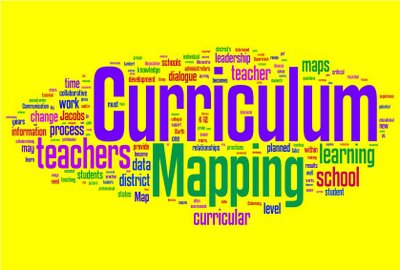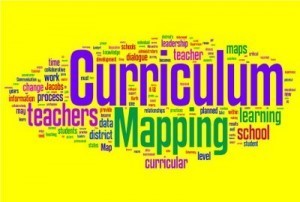Curriculum development is a complex process where many important elements of the learning process are puzzled together with one ultimate goal: successful learning outcomes. With a strong curriculum, instructors and learners can come together in an educational environment and work together in order to achieve their goals toward higher education effectively and successfully. Here are some common steps toward the development of curriculum and instruction.
Objective or Purpose:
what is the ultimate goal for this curriculum? This is where the end-goal is described, where credentials and all other accreditations are discussed. Create a list of objectives that are specific to the curriculum, so all learned know exactly what they are getting out of this curriculum before getting started.
Scope and Sequence:
In order for learners to meet the objective or purpose of the curriculum, they must follow the scope and sequence. This is where the key elements of the curriculum are outlined including what skills, prerequisites, and other pertinent information are listed.

Title Development:
Again, this is another area of the curriculum development process where the end-goal important. This is because you are going to break this part of the process down into three separate areas.
- Knowledge: Review of what students already know going into the program.
- Skills: Are students novices, intermediate, or moderately skilled upon entering the program?
- Attitudes: While instructors throughout studies will gauge this, including information within the curriculum about students having a good attitude toward learning is important.
Approach:
How the development of a curriculum is approached depends on the topic and objective. For example, if the curriculum were for a Bachelor’s Degree in Liberal Arts it would not be approached the same way a Bachelor’s in Computer Science would be.
- Lecture approach: Sometimes a lecture format works best where students take notes while the instructor delivers material orally. This method works well for students who like to record classes on a hand-held device and transcribe it later on.
- Written materials approach: Sometimes a written materials method works better whereby instructors hand out material and, at a later date, discussion groups meet.
Practices:
- Activities: Throughout the curriculum, it is essential that learners work on activities that keep them engaged and strengthen their experience.
- Resources: This is a list of the books, software, instructors, equipment, and everything else needed in order to achieve the goals of the curriculum.
- Assessment: It is important for testing to occur; projects to be assigned, and presentations to be delivered so instructors know learners can execute the material they have learned effectively.
The implementation of assessments is a way for instructors to account for different learning styles, address areas of weaker knowledge, and help learners prepare for final examinations. When curriculums are developed, there should always be room for flexibility because no two students learn the same way. Many developers fail to realize this fact, and this mistake is reflected in their curriculum. When developing the approach within the curriculum, as well, there should be plenty of room for discussion and questions on the part of the learner. The curriculum should act as a script allowing the student to seek opportunities and grow into a stronger learner through questions and discussion.



